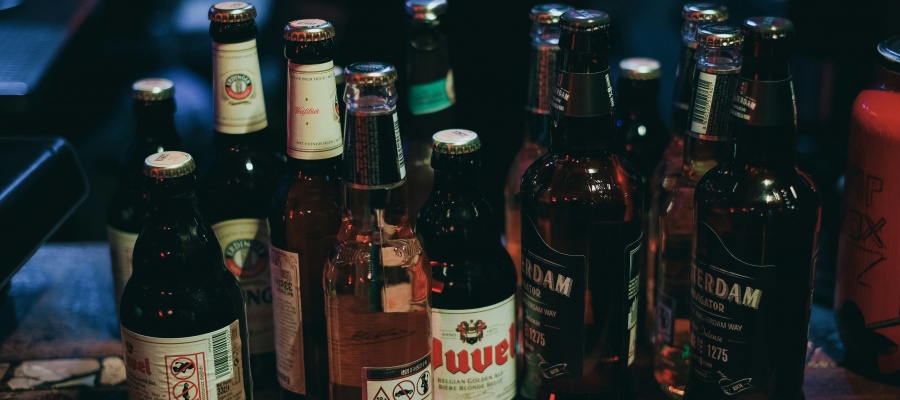The growing popularity of appetite-suppressing GLP-1 drugs such as Ozempic, Wegovy, and Mounjaro is poised to reshape consumer behavior across multiple sectors—including alcohol. A new report by Moody’s Ratings suggests that the rise in GLP-1 usage could significantly reduce alcohol consumption, prompting beverage companies to adapt their product lines accordingly.
Appetite suppressants reshape alcohol consumption
GLP-1 (glucagon-like peptide-1) drugs were originally designed to treat type 2 diabetes, but their high-profile weight loss benefits have catapulted them into the public spotlight. Ozempic, in particular, has become widely known due to its use among celebrities and influencers, with global demand now outstripping supply for many diabetes patients.
These drugs work by slowing digestion and suppressing appetite, which leads to reduced food—and increasingly, alcohol—intake. According to Moody’s, as many as 30 million Americans could be taking GLP-1 drugs by 2030, depending on insurance coverage and usage duration.
Linda Montag, senior vice president at Moody’s Ratings, told Quartz that companies across the food and beverage industry are likely to feel the ripple effects of GLP-1s: “For the folks that are using these drugs, they probably will consume less alcohol, just like they consume less food. And that’s something that companies will have to adjust and adapt to.”
British actor Stephen Fry has echoed this sentiment, noting his personal experience with GLP-1 treatment led him to lose interest in both food and alcohol. A separate report from Morgan Stanley earlier this year also found that individuals on these medications significantly reduced their alcohol intake.
Alcohol sector must respond
For alcohol brands, the implications are clear: fewer calories consumed overall could mean declining demand for traditional, higher-calorie alcoholic beverages. But as the trend toward moderation grows, so too does the opportunity for innovation.
Moody’s anticipates that companies will “tweak their product offerings” to align with new consumer preferences. This includes developing more low-calorie drinks, along with expanding no- and low-alcohol portfolios.
Fortunately, the alcohol industry has already been moving in this direction. IWSR data shows the no- and low-alcohol market grew from US$8 billion in 2018 to over US$11 billion in 2022. With GLP-1 usage expected to soar, this sector may see another wave of accelerated growth.
No- and low-alcohol drinks set to benefit
In a world where consumers are increasingly seeking health-conscious alternatives, non-alcoholic beer, wine, and spirits have been steadily gaining ground. Appetite suppressants may act as a further catalyst for these products.
Brands are already catering to a consumer base seeking lighter, more functional beverages—whether for fitness, mindfulness, or medical reasons. With GLP-1 drugs making alcohol less appealing for millions of users, the momentum behind no- and low-alcohol products may only strengthen.
The shift in demand could also influence how brands market their offerings. Focus may increasingly move toward drinks that are “sessionable,” low in sugar, or include functional ingredients such as adaptogens, botanicals, or electrolytes—catering to a health-aware audience.
The next evolution in mindful drinking
As GLP-1 drugs become more accessible and widespread, the alcohol industry will need to stay nimble. While traditional beverage sales may face pressure, the rise of wellness-driven drinking presents ample opportunity for growth—especially for brands that can innovate in the non-alcoholic and low-calorie space.
In the coming years, expect to see more strategic pivots from legacy alcohol companies and a greater emphasis on inclusive product lines that appeal to both drinkers and abstainers alike. For the beverage sector, adapting to the GLP-1 era may be less about loss and more about evolution.


